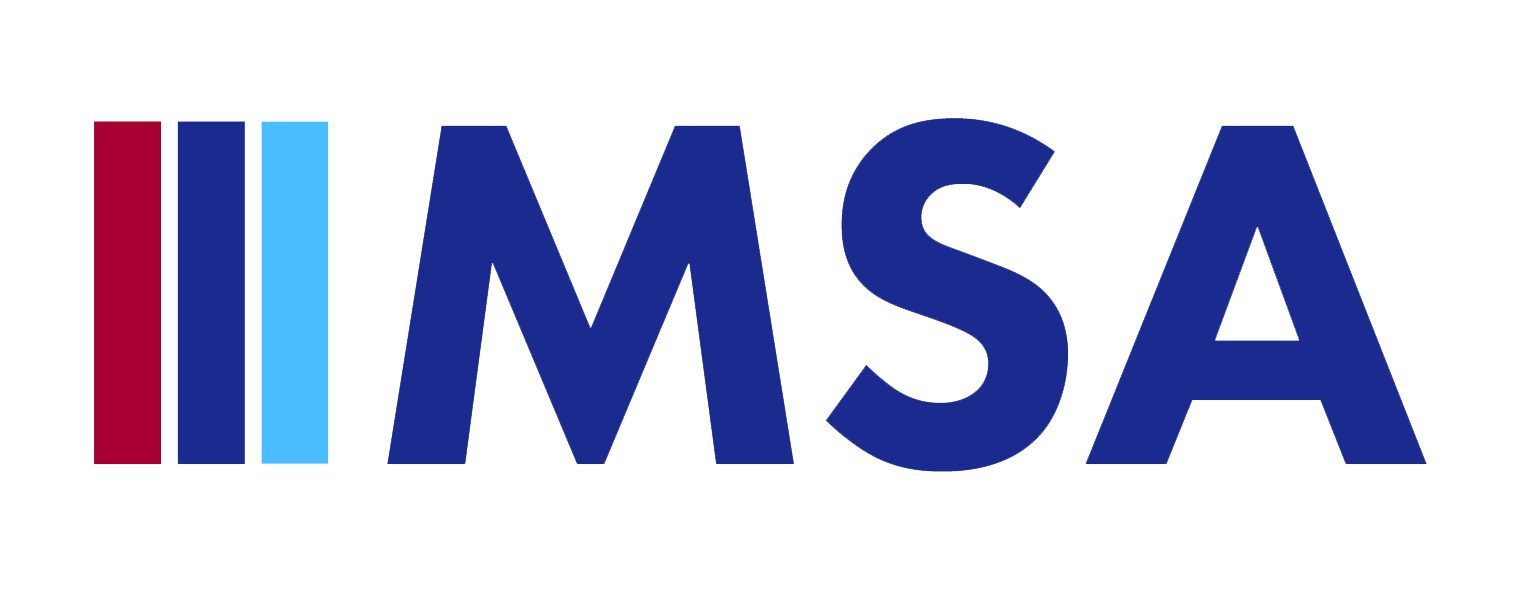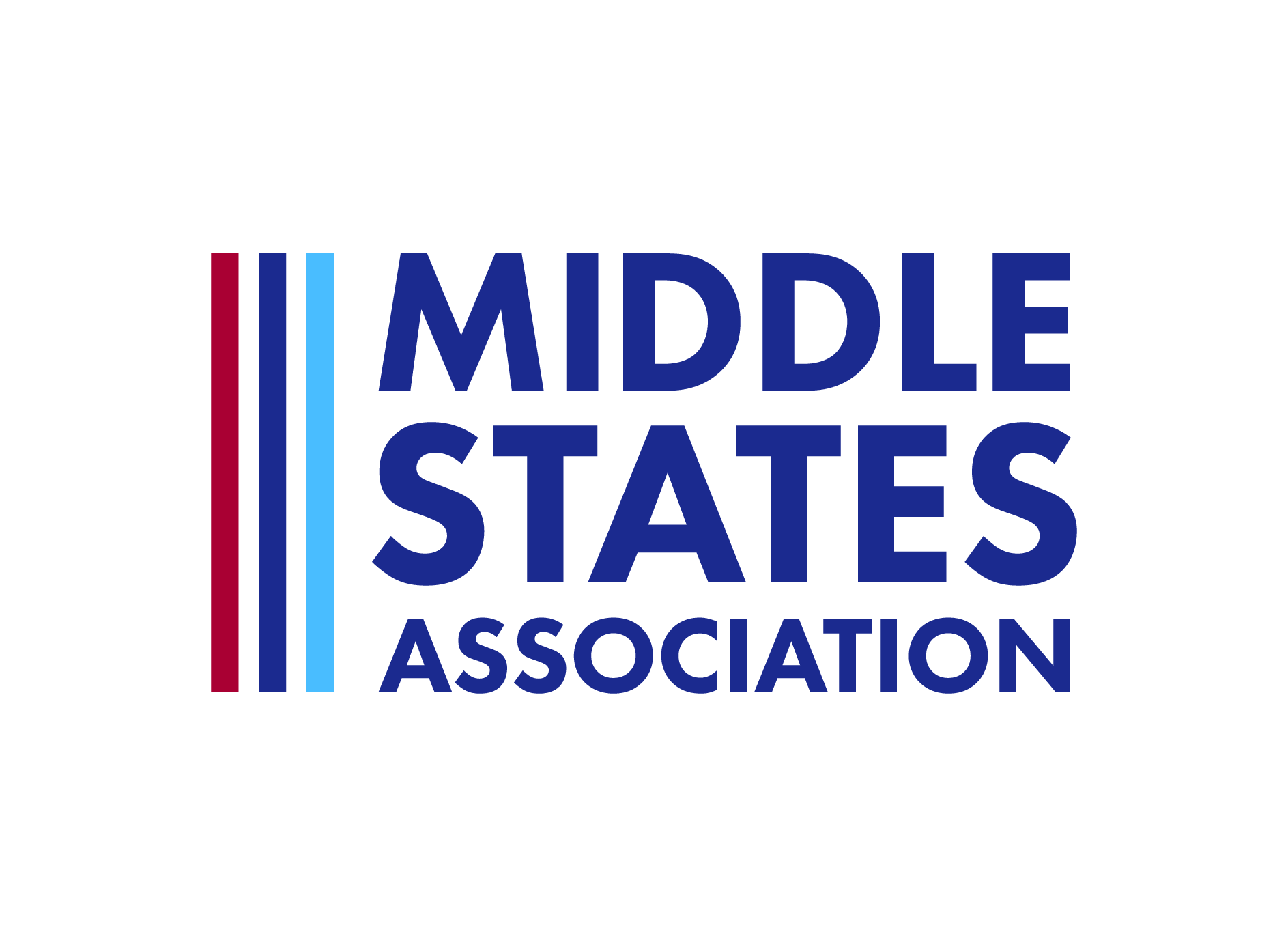Since the beginning of the COVID-19 pandemic, educators worldwide have had to adapt and change, sometimes in significant ways. From finding a way to connect with students in a virtual classroom to keeping kids safe at school while also considering their own health, most educators have been faced with challenges unlike any they have ever experienced.
During their bi-annual meeting this past fall, Middle States Commissioners, comprising of education leaders from around the world, discussed the pressing issues facing schools during the pandemic.
The Commissioners participated in breakout sessions, led by Middle States staff, where they focused on key issues impacting educators in the United States and abroad. The following is a compilation of the top themes and most helpful tips to come out of the sessions.
Opening Schools Safely
When faculty, staff and students do not feel safe in school, it affects their ability to teach and learn. Adopting strong health and safety measures is key to success in a COVID-world.
Follow regulations. Always adhere to local health regulations and if necessary, adopt more stringent measures.
Prevent the spread. Masks and social distancing are proven tools for preventing the spread of the coronavirus. So are vaccines. Many schools are now requiring that faculty and staff and eligible students be vaccinated and that students who are not vaccinated be tested regularly.
Continue using practices that work for you. Some schools are still taking temperatures and conducting regular health checks, a practice that was more common early on in the pandemic.
Contact trace. When a case of COVID-19 is discovered, conduct contract tracing and notify anyone who has been exposed. Those who are not vaccinated are typically required to quarantine for a longer period of time than those who are vaccinated.
The American International School Chennai Takes A Creative Approach to Health and Safety
Leaders at the American International School in Chennai, India, knew they needed to tackle health and safety head on before students could return to campus for in-person learning.
They installed HEPA filters and UV filtration systems throughout the school, and adopted stringent cleaning protocols, including using the highly regarded Chem Dry system. The school has gone so far as to deploy antimicrobial coating on desks and sporting equipment to stop spread of bacteria and viruses on surfaces.
Staff at the school wanted to be able to open doors and windows to promote natural ventilation, but the threat of mosquito borne disease loomed. To prevent mosquitoes from infiltrating classrooms, screens were installed on windows and doors.
“Now our school constantly sounds like you’re on a porch sipping lemonade because you hear screen doors slamming shut all the time,” Head of School Andrew Hoover said.
The tropical climate of Chennai results in hot days year-round. With warm air now rushing into classrooms, school leaders realized that enforcing traditional dress codes for teachers was making them uncomfortable. At least for the time being, teachers are given latitude to dress down, and some even wear shorts and flip flops on the hottest days.
Supporting Social and Emotional Well-Being
Supporting the social and emotional well-being of students has been a challenge throughout the pandemic, especially after many classrooms moved to a virtual format, leaving students separated from each other and their teachers.
Start with social-emotional health. Schools communities returning to in-person learning should focus on addressing students’ well-being before turning attention to lost learning and academic success. Students must reorient themselves to the social and emotional realities of in-person schooling before they can be expected to engage in academic learning.
Engage students in other ways. Offering as many sports and extracurricular activities as possible is a useful tool for reengaging students. Participation in athletics and clubs can significantly improve social and emotional health.
Don’t just focus on students. Teachers and administrators have also faced significant challenges during this time, and they too need social and emotional support. Ensure that faculty and staff are given ample opportunity to talk about their experiences during the pandemic, and that they feel supported by the school community.
Student-led and faculty-led groups can be highly impactful. Get students and faculty groups together in person or virtually to talk about the issues that are important to them. Giving teachers and students time to socialize will pay dividends in the future.
Teach mindfulness. Introduce students to meditation, yoga, or other mindfulness techniques.
Train faculty and staff. If possible, provide additional training to faculty and staff on positive discipline tactics, social-emotional learning and trauma-informed care. Ask them to share learnings with their colleagues to give everyone a better understanding of how they can help students thrive.
The Pennsylvania Cyber Charter School in Midland, Pa., has launched creative initiatives to connect with targeted groups of students. For example, the school sent a staff member to a toy museum in New York to gather footage of the museum to share with students. After watching video clips from the museum, students were invited to talk about their favorite toys.
Middle school girls enrolled in the popular Girl Talk program were given special opportunities to discuss their experiences during the pandemic. PA Cyber also launched Guy Talk, a similar group for middle school boys.
CEO Brian Hayden reports that student attendance and grades improved when faculty and staff engaged with students personally.
Mitigating Lost Learning
Concerns over students’ ability to learn remotely have been widespread throughout the pandemic. As faculty, staff and students return to classrooms, addressing learning loss is on the minds of many.
Listen to your teachers. Bring teachers into the decision-making process so they are invested in the school’s approach to addressing learning loss and have ownership of any major decisions that are made.
Create a data map. Conduct multiple assessments to understand the level of learning loss a student may be experiencing. Compare report cards over multiple academic years and/or collect qualitative data from parents. Use this data map to develop a personalized plan for students who are experiencing learning loss.
Connect with parents. Hold meetings in-person or virtually to address parent concerns and to help them troubleshoot if their child is struggling emotionally, socially or academically.
Identify staff who can serve as interventionists. When a student is identified as having lost certain skills or is falling behind, a staff interventionist can step in to assess where the student is and work to help them get caught up.
Rely on proven practices. Expand summer bridge programs that have been proven to work in the past.
Be more flexible with students. Provide a threshold for students to turn in late assignments or complete makeup work.
How has your school responded to the pandemic? Email skohn-kutny@msa-cess.org with your lessons learned, and Middle States will continue to share them with our members.

